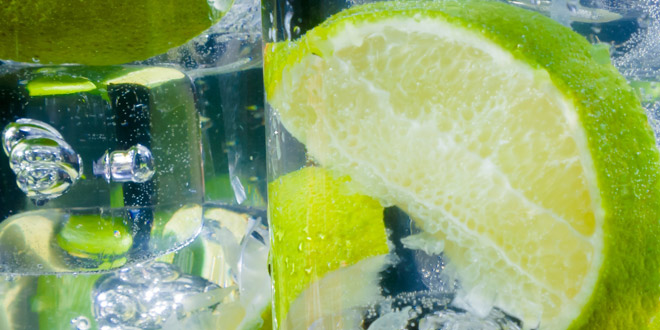Gin
At first glance, gin is the very simplest of spirits, achieving its unique flavour with little more than a handful of botanicals and the defining ingredient of juniper berries. In reality, gin’s status as one of our best-loved modern spirits is just the latest twist in its turbulent history.
.jpg) William Hogarth's 1751 prints depicting the pros of drinking in Beer Street (l), against the cons of drinking in Gin Lane (r)
William Hogarth's 1751 prints depicting the pros of drinking in Beer Street (l), against the cons of drinking in Gin Lane (r)
History
While gin is often seen as England’s traditional spirit, its origins lie very much across the sea. The key ingredient of gin – juniper – has been used to flavour spirits almost since the invention of distillation, both for its perceived medicinal qualities as well as its flavour. But it’s only since the 17th century that the roots of modern gin as we know it started to appear.
The invention of genever – otherwise known as Dutch gin – is often attributed to the noted physician Franciscus Sylvius in the early to mid-1600s. However, gin’s modern history really began when it crossed the English Channel, becoming well-known in Britain after William of Orange took the English throne in 1688. Due to low taxation, locally-produced gin was cheap to make and thus cheap to buy. For better or worse, gin’s popularity exploded.
This was the time of the gin craze. More than half of London’s drinking establishments were gin shops, and the wave of over-consumption and extreme drunkenness provoked inevitable outrage from the general public and government – Hogarth’s famed diptych of Gin Lane and Beer Street, showing the perils of drinking gin as opposed to the joy of drinking beer, was in direct response. Parliament reacted by passing various laws to help control the drinking and production of gin, and by the 1850s, the excess had eased.
Gin continued to be a popular drink in Britain but also spread with the British Empire, and then beyond, to all corners of the globe. Today, many gins are tailored to the taste of the localities where the spirit is consumed, leading to a wide range of styles, flavours and ingredients, from the traditional to the ultra-modern.
In modern times, gin drinkers have never had it better, with distillers ranging from the purist to the experimental and focusing their talents on everything from how best to express their botanicals or terroir, to how to create a rainbow of flavoured gins.
Production and Drinking
Simplicity is part of the beauty of gin. But it’s worth knowing about the two key production categories, and how these impact on the gin in your glass.
Compounded gin is made by adding flavourings, either actual botanicals or natural extracts, to neutral spirit. Many cheaper brands of gin are made using this method, but there are also a range of excellent gins within the category, produced by macerating whole botanicals to produce high-quality spirit.
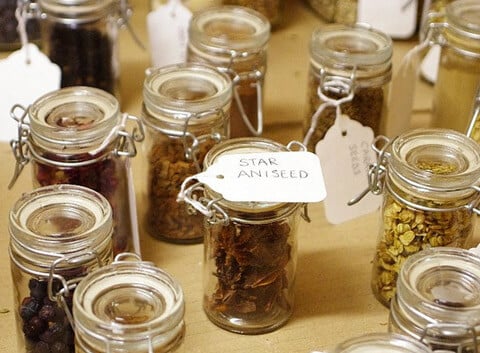 Gin can be flavoured with a wide range of botanicals
Gin can be flavoured with a wide range of botanicals
Distilled gin is made by redistilling spirit that has had botanicals added to it. London Dry Gin is a stricter version, which also forbids the addition of anything but water after distillation.
While a spirit must have, according to most regulations around the world, a predominant flavour of juniper in order to be called gin, the rest of the ingredients are left up to the producer.
There are certain botanicals which are very common in gin, including orris and angelica root, orange and lemon peel (both fresh and dried), liquorice, anise and cardamom. But as gin’s popularity has exploded since the turn of the millennium, gin producers have started looking further afield. Grains of paradise, green tea, cubeb, honey, hops, exotic fruit and even ants have all appeared, each contributing to a gin’s unique flavour profile and distinguishing each bottle from the rest of the field.
To learn more about how gin is made, see our Focus on Gin page.
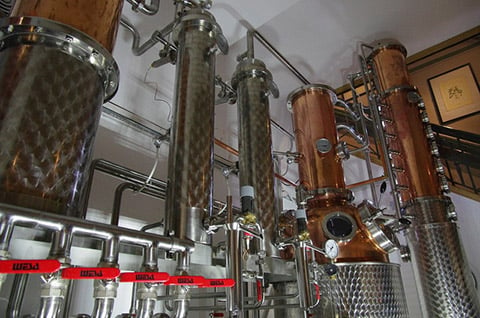 Stills at City of London distillery
Stills at City of London distillery
Part of gin’s popularity is its versatility. While one of the most common ways to drink the spirit is as a gin and tonic or as a pink gin (gin mixed with Angostura bitters), gin is also the base of a huge number of cocktails created over the past century, including the most iconic of them all: the Martini. While many of the new wave of gin brands are great to drink neat, or over ice, it’s the classic serves and cocktails that most focus on, and every gin has a range of different uses. It might be a crowded market, but every gin has its place.
Did you know?
- juniper has been used for more than 1,000 years as a medicine to treat rheumatism, arthritis, loss of appetite (as well as overactive appetite) and gout
- London dry gin can be made anywhere in the world
- if you are making a Martini, then you have to use gin. If you make your drink using vodka, you have actually created a classic cocktail called a Kangaroo
Typical Character and Style of Gin
-
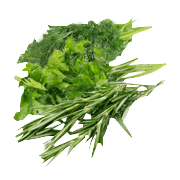 Mixed Herb
Mixed Herb
-
 Lemon
Lemon
-
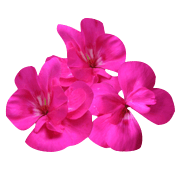 Geranium
Geranium
-
 Grass
Grass
Filter
Price Range
Bottling Status (1 selected)
Style
Brand
Country
Flavour
Age
Vintage
Cask Type
Series
Strength
Size
Single Cask
Colouring

Gordon's Sloe Gin
$22.06
($31.51 per litre)

Gordon's GinBot.1970s
$97.02
($128.16 per litre)

Booth's High & Dry GinBot.1970s
$188.76
($251.68 per litre)

Mazzetti GinBot.1950s
$134.83
($269.65 per litre)

Beefeater London Dry GinBot.1950s
$118.65
($47.46 per 10cl)

Scots' Cheer Damson Gin Liqueur
$21.52
($43.04 per litre)

Beefeater London Dry GinBot.1990s
$43.09
($61.56 per litre)

Dall'Olio Asiago Dry GinBot.1990s
$43.09
($61.56 per litre)

Kintong's Gin SecaBot.1970s
$64.66
($92.38 per litre)

Bosford Extra Dry GinBot.1970s
$107.81
($154.01 per litre)

Little Big Gin
$32.30
($46.15 per litre)

Moccia GinBot.1970s
$75.45
($100.60 per litre)

Gabriel Old Dry GinBot.1950s
$214.64
($286.19 per litre)

Old Mr. Boston Sloe GinBot.1970s
$107.81
($143.74 per litre)

Martinazzi Dry GinBot.1940s
$269.65
($359.54 per litre)

Cavor-Vasco Pure Grain Gin (37.5%)
$37.70
($53.85 per litre)

Cavor-Vasco Pure Grain Gin (40%)
$37.70
($53.85 per litre)

Old Bakery Gin 2016
$43.09
($86.18 per litre)

Henry Faber Dry GinBot.1980s
$43.09

Gilson Dry GinBot.1970s
$161.79
($215.72 per litre)

Green-Fish Orange GinBot.1980s
$59.27

Gilbey's London Dry GinBot.1980s
$242.69
($106.91 per litre)

Logan's Special Dry GinBot.1990s
$43.09
($61.56 per litre)

Barbieri Dry GinBot.1970s
$80.84


